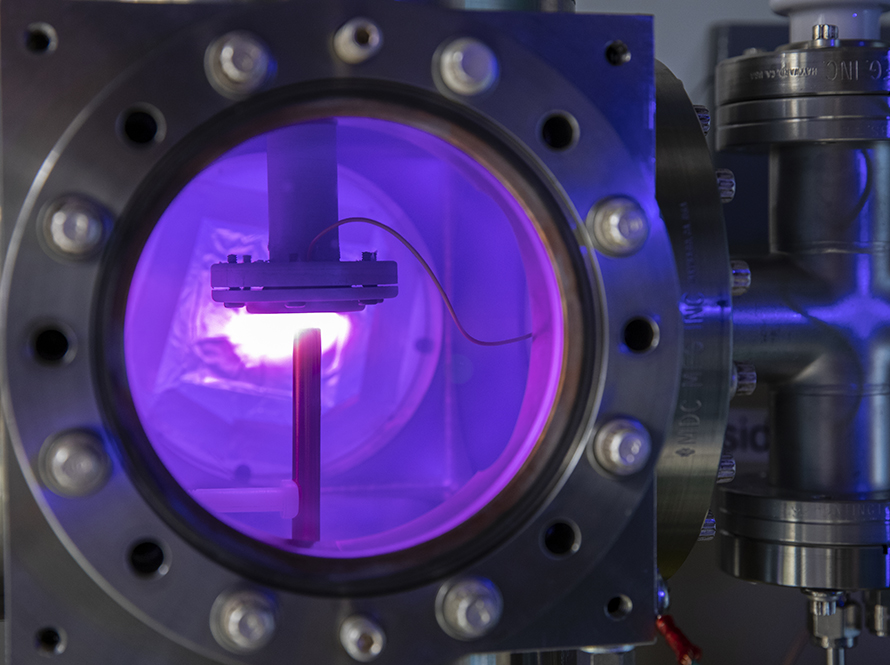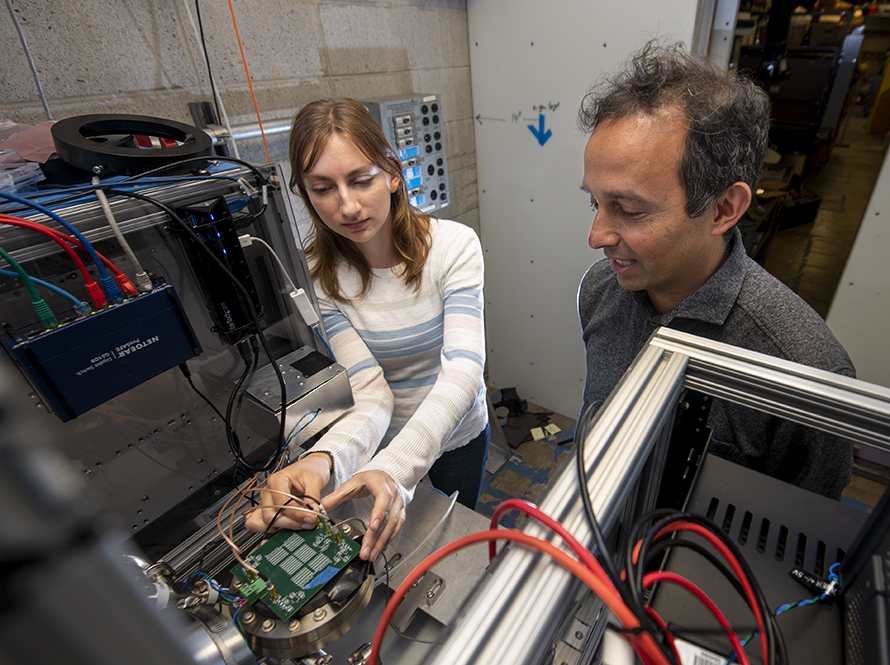The Fusion Science and Ion Beam Technology (FS&IBT) Program develops particle beam and plasma technologies. It applies them to various fields, such as fusion energy sciences, climate science, and quantum information science.
With a portfolio of projects clustered around core competencies in plasma generators, ion sources, and compact particle accelerators, FS&IBT pursues R&D opportunities that support the mission of the U.S. Department of Energy (DOE) and that map to the strategic goals of the DOE Office of Science Programs and those of other DOE offices, federal agencies, and industrial partners.
Our R&D directions include applied quantum information science, radiation effects in materials, energy and climate science, and nuclear data science.

A general theme at FS&IBT is developing novel plasma sources, particle sources, and particle accelerators. We then use these tools for basic and applied science and transfer them to collaborators at other national labs or in industry. We are exploring new directions in particle accelerator science, for example, to build more-compact, lower-cost ion accelerators, control plasmas for energy applications, and generate neutrons for novel imaging applications.

Neutrons have long been used to analyze and image materials. In FS&IBT, we recently perfected associated particle imaging, where precise tracking of neutrons enables the high-precision imaging of materials. The technique has many applications, ranging from climate and energy science and national security to nuclear data and space science. For example, time-tagged neutrons can be used to detect and map carbon concentrations in soil.

Quantum Information Science is a rapidly emerging area with applications in quantum computing, simulation, sensing, and networking. The race is on to discover, optimize, and integrate increasing numbers of highly coherent qubits for specific applications. FS&IBT is driving the refinement, integration, and control of increasingly complex qubit assemblies, enabling novel applications in quantum sensing and quantum networking, and discovering novel qubit candidates based on color centers in materials such as diamond and silicon.
